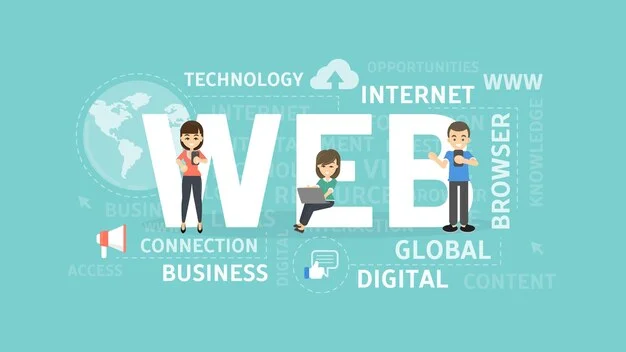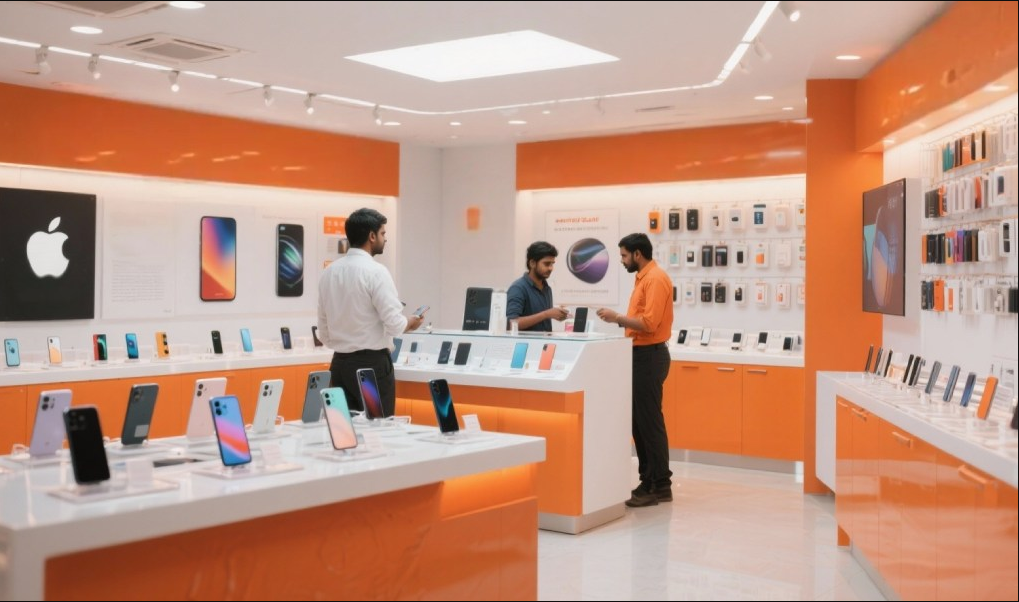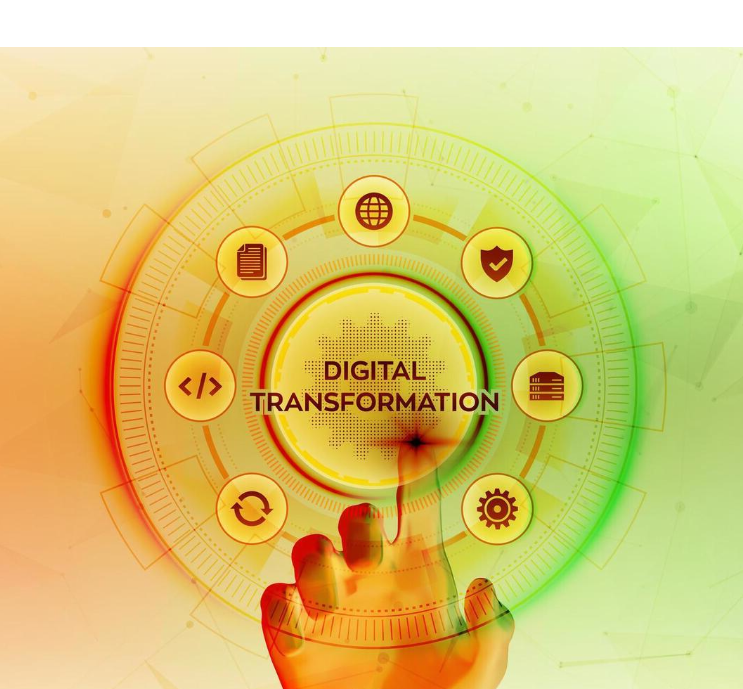
AI tools are changing how we make and edit digital content, especially photos and videos. Generative fill tools are at the front of this shift, helping both pros and beginners replace backgrounds and remove objects with ease. These tools can speed up the editing process and spark creativity. But, like all tech, they have their good and bad sides. In this article, we’ll look at the ups and downs of generative fill tools and see how features like Face Swap and lip sync AI fit in.
What Are Generative Fill Tools?
Artificial intelligence powers generative fill tools to perform complex additions and deletions within images and videos. Traditional editing requires users to manually select and modify areas through copying or painting, whereas generative fill examines adjacent content to predict suitable elements for empty spaces. The tool enables you to remove a person from a beach photo while it automatically reconstructs the sand, water, and background elements with remarkable precision.
These tools are being added to popular editing programs like Adobe Photoshop and After Effects, along with some new AI apps, making it easier for everyone to do advanced editing.
Pro: Saves Significant Time
Generative fill tools deliver significant time savings as one of their primary advantages. The once time-consuming tasks of object removal, background correction, and element compositing are now completed in mere seconds. Content creators, marketers, and editors facing tight deadlines will find this tool revolutionizes their work processes.
Changing a cloudy sky to a sunset or getting rid of people in the background of a photo is super simple now—just a few clicks do the trick. This quick editing means you can get things done faster without losing quality.
Con: Risk of Over-Reliance
With such convenience, it’s easy to become overly dependent on generative fill tools. This can lead to a loss of fundamental editing skills. When AI handles most of the work, editors may stop learning how to mask, blend, or retouch manually — techniques that are still important for creative control.
Moreover, over-reliance can create a “sameness” in visuals, especially when multiple creators use similar tools and presets. The uniqueness and craftsmanship that once defined great edits may take a back seat to quick fixes.
Pro: Opens Creative Possibilities
Generative fill tools function as time-saving devices while simultaneously opening doors to new creative opportunities. Artists and editors have the opportunity to expand their creative boundaries by producing original work or transforming current media into new forms. Yearning to transform an urban skyline into a futuristic sci-fi terrain? How can one increase a photo’s dimensions while avoiding any stretching or distortion? The assistance of AI technology transforms these ideas into attainable realities.
This is where tools like Face Swap and lip sync AI step in. Face Swap lets editors switch faces in videos or images without a hitch. This proves handy for content in entertainment, gaming, and education. Lip sync AI, on the other hand, helps video creators match mouth movements with dubbed audio or computer-generated speech. This boosts realism and keeps viewers hooked without costly reshoots.
Con: Ethical and Authenticity Concerns
More power brings bigger duties. AI tools for filling in content, swapping faces, and syncing lips make us think hard about what’s real and what’s right. When you can change faces, voices, and scenes to look so real, how do people know if what they’re seeing is true?
This matters a lot for news outlets’ political stories and public figures. Deepfake-like changes – even when made to be funny or creative – can hurt reputations and confuse viewers. People who edit and make content need to use these tools openly and for projects that aim to teach or sway opinions.
Pro: Accessibility for Non-Experts
Generative fill tools also reduce the barrier to starting creative work, thus offering another big benefit. Professional-looking results do not require years of video editing experience or Photoshop mastery. This democratizes content production by letting hobbyists, influencers, and small businesses contend with larger studios.
For instance, a small YouTube creator can use lip sync AI now to localize videos in several languages and, therefore, reach fresh viewers without the need for voice actors or artists. Likewise, someone who has rudimentary editing expertise can use face swap applications to produce amusing or engaging material free of sophisticated tracking or masking.
Con: Loss of Control in Complex Edits
While AI is excellent for basic edits, it’s not always perfect in complex scenes. Generative fill might misinterpret shadows, lighting, or perspective, resulting in unrealistic or inconsistent output. This often means editors still need to fine-tune results manually.
Additionally, when using face swap or lip sync AI, the outcome may fall short of expectations if the source material lacks quality or has unpredictable movement. In such cases, traditional editing methods still outperform AI in precision and control.
Balancing AI Assistance with Human Creativity
Ultimately, generative fill tools are best viewed as powerful assistants — not replacements for human creativity. They’re ideal for handling routine, time-consuming tasks and opening doors to fresh ideas. But the creative direction, narrative, and emotional impact of content still depend on the editor’s vision and judgment.
Combining the speed and scale of AI with the storytelling skills of human creators offers the best of both worlds. For instance, a documentary producer might use generative fill to enhance old footage, lip sync AI to localize voiceovers, and human editors to piece it all together into a compelling story.
Final Thoughts
Generative fill tools, including technologies like face swap and lip sync AI, are transforming the editing landscape. They save time, boost creativity, and open up high-quality content creation to more people. But they also bring risks — from ethical concerns to creative dependency and occasional technical flaws.

6 Tips To Unlock New Business Opportunities With My Aged Care Registration

The Hidden Business Power of Storytelling Through Books

Diamond Painting Apps & Digital Tools for 2025 Artists

Accelerating drug discovery through the DEL-ML-CS approach

AI in Marketing Is No Longer a Buzzword — It’s the Strategy

The Power of Multilingual SEO in 2025

How Australian Packaging Manufacturers Are Achieving 100% Quality Accuracy with Thickness Testers

Poorvika Mobiles Pun – A Complete Guide to India’s Leading Mobile Retail Destination








